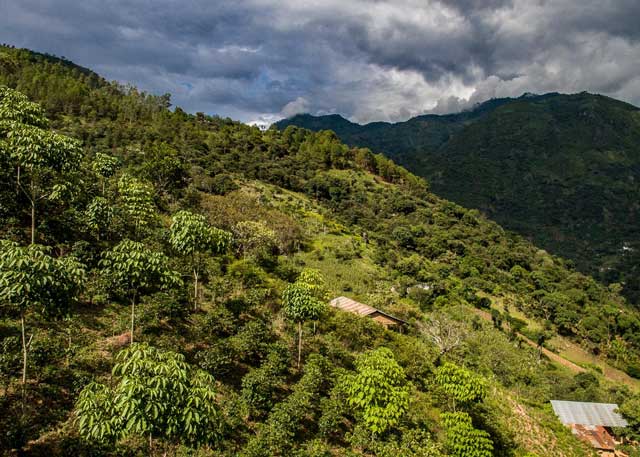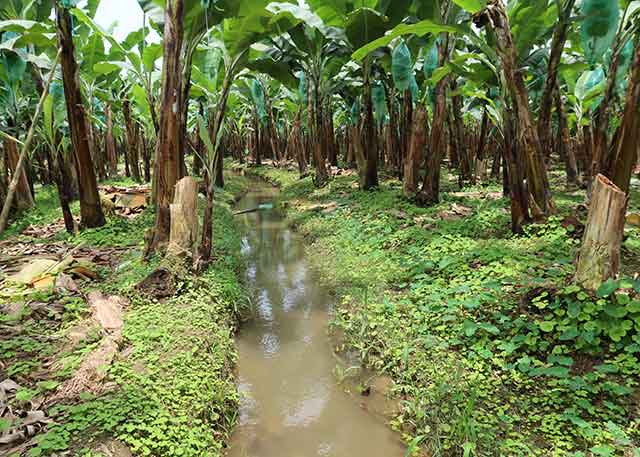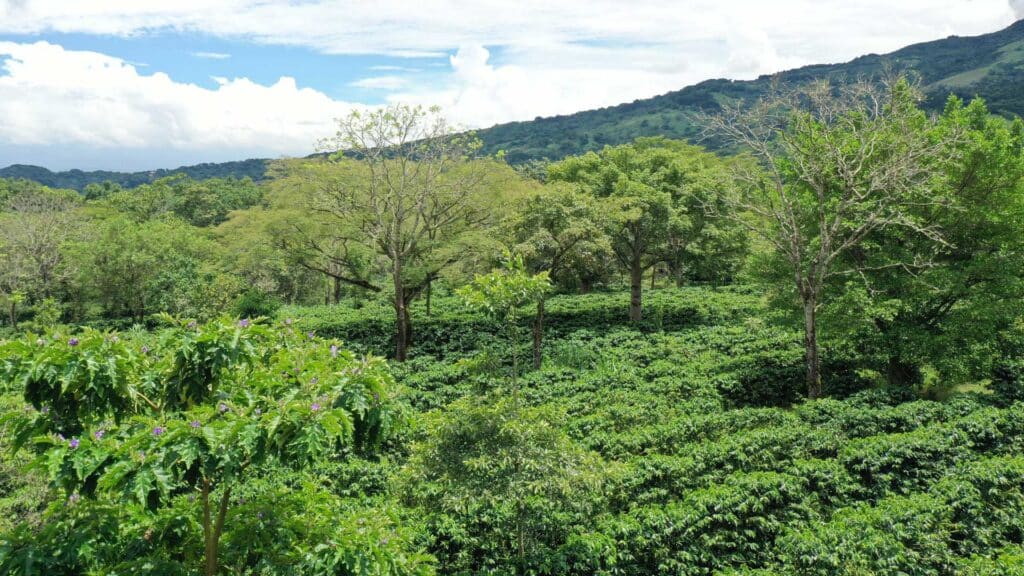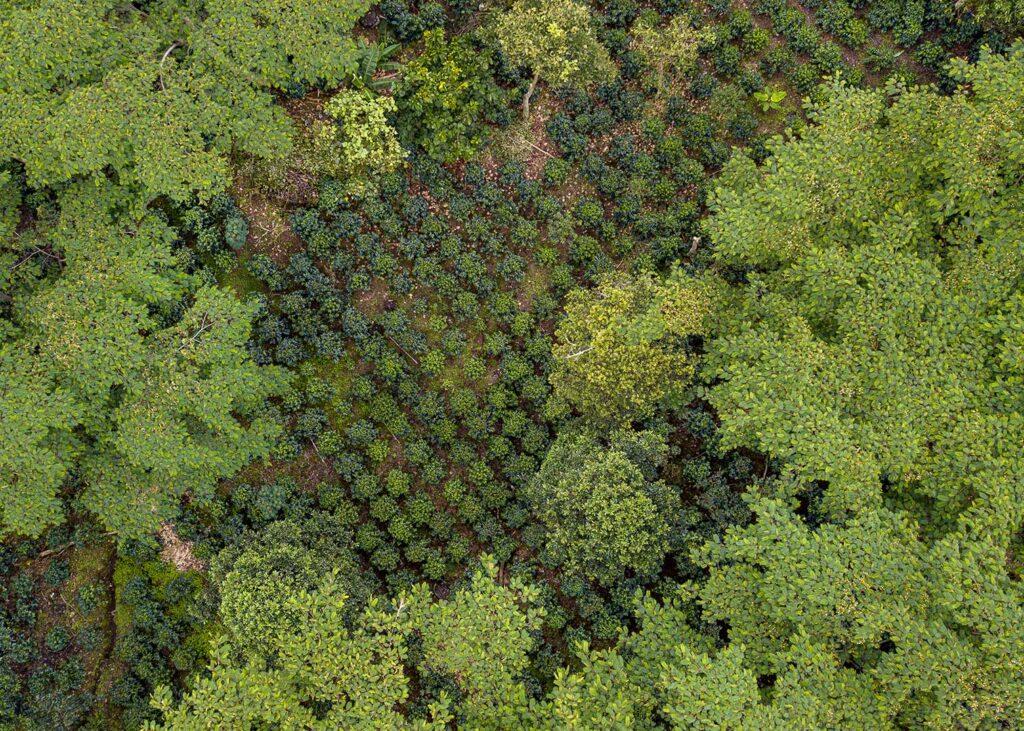ATTRIBUTION OF OUTCOMES FOR COMPANIES INVESTING WITHIN THE SAME LANDSCAPE
As more companies become involved in nature-based solutions and carbon sequestration, the issue of “attribution” will need to be explicitly addressed in 2024.
In other words, if multiple companies are participating in ecosystem restoration within the same landscape, how are the project outcomes —including carbon credits—“attributed” to each participant?
PUR’s landscape-level approach ensures that outcome attribution is clear for all participating stakeholders. Through a variety of proven models—including agroforestry, reforestation, regenerative agriculture, forest conservation, and marine restoration—we can generate strong impacts for farmers, clients, and agricultural ecosystems, including:
- On-farm carbon assets to meet science-based targets within clients’ value chain.
- Off-farm carbon credits that remain within the same landscape, around the farm.
- Environmental co-benefits beyond carbon, enhancing the resilience of farmland through: forest corridors that increase biodiversity, preserving watersheds to protect key ecosystem services, planting native tree species that restore soils, and more.
In 2024, our team will continue developing innovative strategies to maximize the outcomes of nature-based interventions—enabling multiple stakeholders to invest confidently within the same landscape, while creating co-benefits for local producers and ecosystems.
ELEVATING YOUR ENVIRONMENTAL IMPACT WITH PUR
At PUR, our priority is creating credible, measurable results that directly benefit farming communities and their local ecosystems; while also achieving the climate goals, science-based targets, and nature-positive impacts of our global clients.
PUR expands the scope of each project to encompass additional co-benefits beyond carbon sequestration—including biodiversity, soil health, water preservation, and farmer livelihoods.
Moving forward, corporations must continuously adapt to new standards of environmental excellence, developing nature-based solutions and carbon programs that are directly linked to their business. This will ensure they are driving multiple benefits to their operations, the communities they source from, and the ecosystems they fundamentally depend upon.
PUR is calling 2024 the “Year of Maturity”. What do you think will be the biggest trends of the year?



